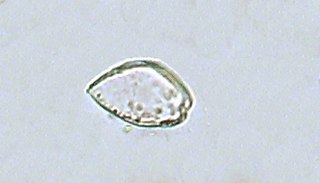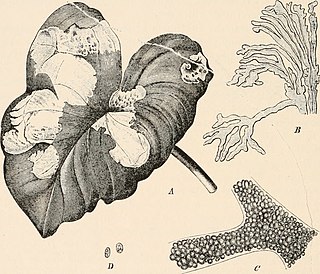Please note that the information available on Martensia bibarii is limited and further research may be required for a more comprehensive understanding. |
| Martensia bibarii | |
|---|---|
| Scientific classification | |
| (unranked): | Archaeplastida |
| Division: | Rhodophyta |
| Class: | Florideophyceae |
| Order: | Ceramiales |
| Family: | Delesseriaceae |
| Genus: | Martensia |
| Species: | M. bibarii |
| Binomial name | |
| Martensia bibarii Y.Lee, 2004 | |
Martensia bibarii is a species of red algae. [1]
It belongs to the family Delesseriaceae and the order Ceramiales. The genus Martensia is characterized by its unique thallus morphology, wherein a proximal membranous blade is interrupted distally by one to several bands of net-like tissue (networks). [2] [3] [4] [5]

